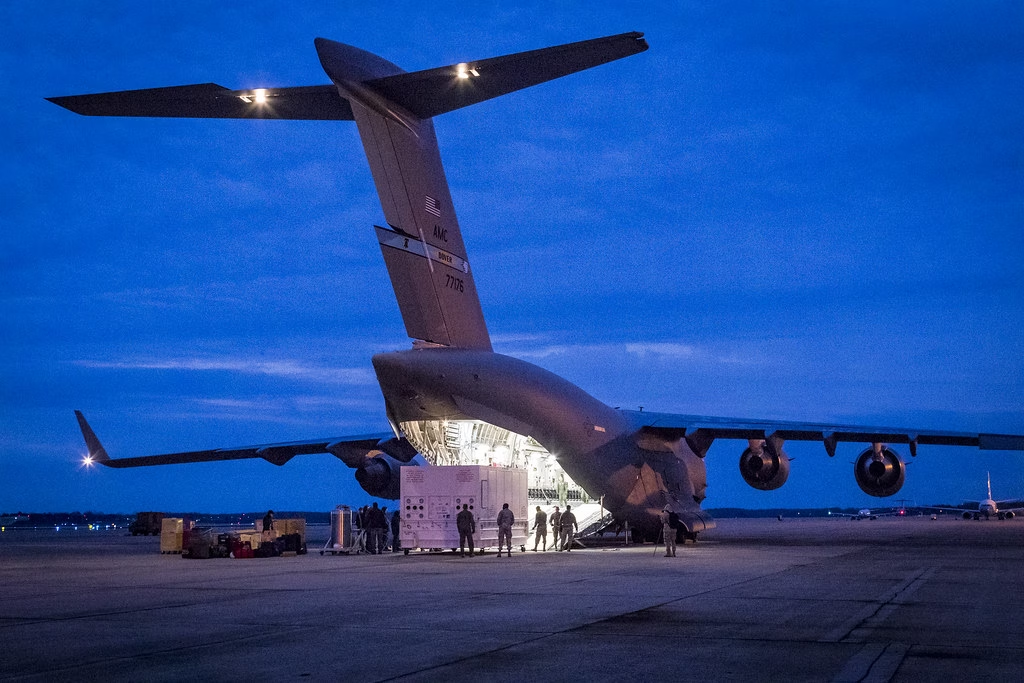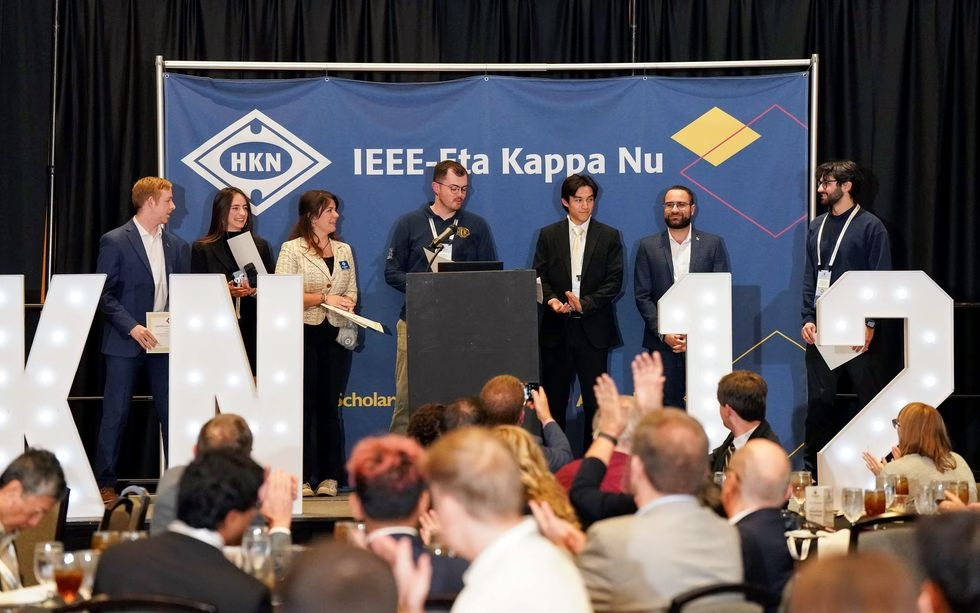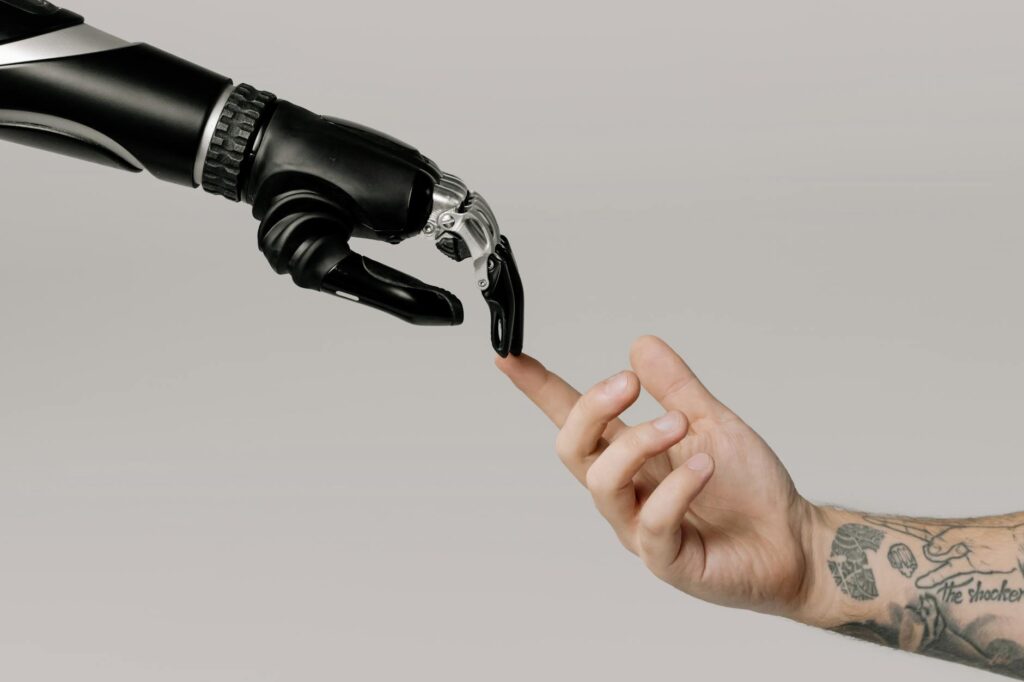Police agencies seek right to jam cell signals

Technology tamfitronics
As President Obama’s motorcade rolled down Pennsylvania Avenue on Inauguration Day, federal authorities deployed a closely held law enforcement tool: equipment that can jam cellphones and other wireless devices to foil remote-controlled bombs, sources said.
It is an increasingly common technology, with federal agencies expanding its use as state and local agencies are pushing for permission to do the same. Police and others say it could stop terrorists from coordinating during an attack, prevent suspects from erasing evidence on wireless devices, simplify arrests and keep inmates from using contraband phones.
But jamming remains strictly illegal for state and local agencies. Federal officials barely acknowledge that they use it inside the United States, and the few federal agencies that can jam signals usually must seek a legal waiver first.
The quest to expand the technology has invigorated a debate about how widely jamming should be allowed and whether its value as a common crime-fighting strategy outweighs its downsides, including restricting the constant access to the airwaves that Americans have come to expect.
“Jamming is a blunt instrument,” said Joe Farren, vice president of government affairs for the Cellular Telecommunications Industry Association. He and others pointed out that when authorities disable wireless service, whether during a terrorist attack or inside a prison, that action can also stop the calls that could help in an emergency. During November’s raids in Mumbai, for example, citizens relied on cellphones to direct police to the assailants.
Jamming in downtown D.C.
Propelled by the military’s experience with roadside bombs in Iraq and Afghanistan, jamming technology has evolved to counter bombs triggered by cellphones, garage openers, remote controls for toy cars or other devices that emit radio signals. Federal authorities rank improvised bombs, which are cheap and adaptable, as one of the greatest terrorist threats to the West.
On Inauguration Day, federal authorities were authorized to jam signals at some locations in downtown Washington, according to current and former federal officials. The Secret Service and other officials declined to provide specific details, some of which are classified.
Most of the nearly 2 million people attending the swearing-in and along the parade route would have been oblivious to any unusual disruption.
“Chances are, you wouldn’t even notice it was there,” said Howard Melamed, an executive with CellAntenna Corp., a small Coral Springs, Fla., company that produces jamming equipment. If someone in the crowd was on a call, they might have confused the jamming with a dropped signal. “Your phone may go off network,” he said. In other cases, “it may never signal, if it’s a quick interruption.”
Industry officials said that radio-jammers work in several ways: They can send a barrage of energy that drowns out signals across multiple bands or produce a surge of energy on a particular frequency. In other instances, the devices detect and disrupt a suspicious signal, a technique known as “scan and jam.”
Private citizens get gear
Some private citizens, hoping to eliminate cellphone calls in restaurants, churches or theaters, have tapped into an underground market of jamming equipment that has trickled into the United States. But that, too, is illegal under the 70-year-old federal telecommunications act, which bans jamming commercial radio signals. The Federal Communications Commission has begun to crack down on private use, which is punishable by an $11,000 fine.
The U.S. military is capable of shutting down communications across a wide area and has done so overseas, including when it has conducted raids to capture suspects. To counter explosives, devices can be set to jam signals for a distance of 50 to 500 meters, for example, or enough to allow a car to pass out of the blast zone of a small bomb.
Some federal agencies, including the FBI and the Secret Service, have standing authority to use jamming equipment or can request waivers from the National Telecommunications and Information Administration, a Commerce Department agency, when there is an imminent threat, a federal official said.
Jamming has been approved in the past for major events, ranging from State of the Union addresses to visits by certain foreign dignitaries, according to a federal official who spoke on the condition of anonymity because he was not authorized to talk about the subject.
After transit bombings in Europe, the Department of Homeland Security reached an agreement in 2006 under the National Communications System with cellphone companies to voluntarily shut down service under certain circumstances, which could disable signals for areas ranging from a tunnel to an entire metropolitan region, a DHS official said.
Local demands
Much of the controversy has been fueled by the growing demands from state and local governments.
In the District, corrections officials won permission from the FCC for a brief test of jamming technology at the D.C. jail last month, after citing the “alarming rate” of contraband phones being seized at prisons around the country.
“Cell phones are used by inmates to engage in highly pernicious behavior such as the intimidation of witnesses, coordination of escapes, and the conducting of criminal enterprises,” D.C. corrections chief Devon Brown wrote to the federal agency.
The test has been put on hold because of a legal challenge, but the city will keep seeking permission, said D.C. Attorney General Peter J. Nickles.
Texas prison officials made a similar request last fall after a death row inmate placed an illicit call threatening a state legislator, and South Carolina corrections officials said their department staged a test without permission in November.
In a pilot project, the FBI deputized about 10 local bomb squads across the country in 2007 so they could use a small number of radio jammers similar to the military equipment used overseas.
Friendly reception in Congress
The local pleas for expanded permission are beginning to get a friendly reception on Capitol Hill. Sen. Joseph I. Lieberman (I-Conn.), chairman of the Senate homeland security committee, plans to introduce legislation that would give law enforcement agencies “the tools they need to selectively jam” communications in the event of a terrorist attack, a spokeswoman said.
Sen. Kay Bailey Hutchison (Tex.), the ranking Republican on the Senate Commerce Committee, has introduced a bill that would allow the U.S. Bureau of Prisons and governors to seek waivers from the FCC to jam calling at prisons.
“When lives are at stake, law enforcement needs to find ways to disrupt cellphones and other communications in a pinpointed way against terrorists who are using them,” New York City Police Commissioner Raymond F. Kelly told a Senate panel Jan. 8. He also cited the Mumbai terrorist attacks, when hostage-takers used media spotters and satellite and mobile phones to help them outmaneuver police at hotels, train stations and other targets.
Backing up such requests are the commercial interests that could provide the jammers.
Melamed, with CellAntenna, has worked for several years to open what the company forecasts could be a $25 million line of domestic jamming business for itself, and the amount could be more for bigger players such as Tyco and Harris Corp. He said rules that prevent government agencies from blocking signals don’t make sense.
“We’re still trying to figure out how it’s in the best interest of the public to prevent bomb squads from keeping bombs from blowing up and killing people,” he said.
Cell phone industry alarmed
But the cellular industry trade group warns that letting the nation’s 18,000 state and local law enforcement agencies decide when and where to jam phone calls would create a messy patchwork of potential service disruptions.
Critics warn of another potential problem, “friendly fire,” when one agency inadvertently jams another’s access to the airwaves, posing a safety hazard in an emergency. Farren said there are “smarter, better and safer alternatives,” such as stopping inmates from getting smuggled cellphones in the first place or pinpointing signals from unauthorized callers.
Still, analysts said, events such as the Mumbai attacks may tip the debate in favor of law enforcement.
“Without something like Mumbai, the national security and public safety cases would not be as compelling,” said James E. Katz, director of the Center for Mobile Communication Studies at Rutgers University. “Now, the burden of proof has been shifting to people who don’t want these exceptions, rather than the people who do.”
Discover more from Tamfis Nigeria Lmited
Subscribe to get the latest posts sent to your email.



 Hot Deals
Hot Deals Shopfinish
Shopfinish Shop
Shop Appliances
Appliances Babies & Kids
Babies & Kids Best Selling
Best Selling Books
Books Consumer Electronics
Consumer Electronics Furniture
Furniture Home & Kitchen
Home & Kitchen Jewelry
Jewelry Luxury & Beauty
Luxury & Beauty Shoes
Shoes Training & Certifications
Training & Certifications Wears & Clothings
Wears & Clothings
















